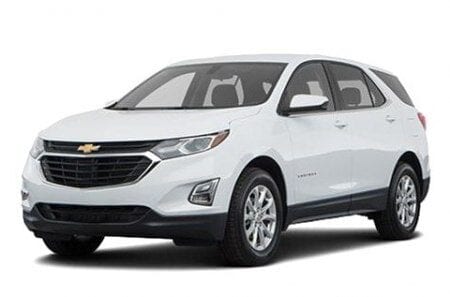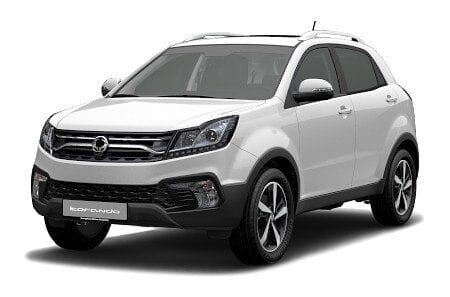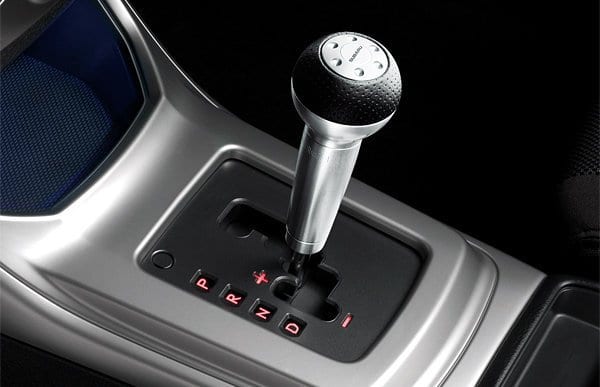
Automatic transmission Tiptronic
Content
Automatic transmission today is one of the most popular transmissions of cars of all classes. There are several types of automatic transmissions (hydromechanical automatic transmission, robotic and CVT).
Auto manufacturers often equip gearboxes with similar functions and modes. For example, sport mode, winter mode, fuel saving mode ...
Modern automatic transmissions allow you to shift gears manually, but not always. Tiptronic (Tiptronic) is a patented trade name for technology that allows you to use the manual shift mode.
Tiptronic mode appeared in 1989 from the German auto giant Porshe. It was originally a mode designed for sports cars to achieve maximum gearshift speed with minimal selector shifting (compared to a standard manual transmission).
Since the introduction of Tiptronic in sports cars, this feature has migrated to conventional car models. In cars of the VAG concern with an automatic transmission (Volkswagen, Audi, Porshe, Skoda, etc.), as well as with a robotic DSG gearbox or a variator, they received this function under the names Tiptronic, S-Tronic (Tiptronic S), Multitronic.
In BMW models, it is defined as Steptronic, in Mazda it is called Aktivmatic, but in practice, all well-known auto manufacturers now use a similar technological solution in gearboxes. Among ordinary users, each automatic transmission with manual gearshift is usually called Tiptronic, regardless of the automatic transmission manufacturer.
How does the Tiptronic box work?
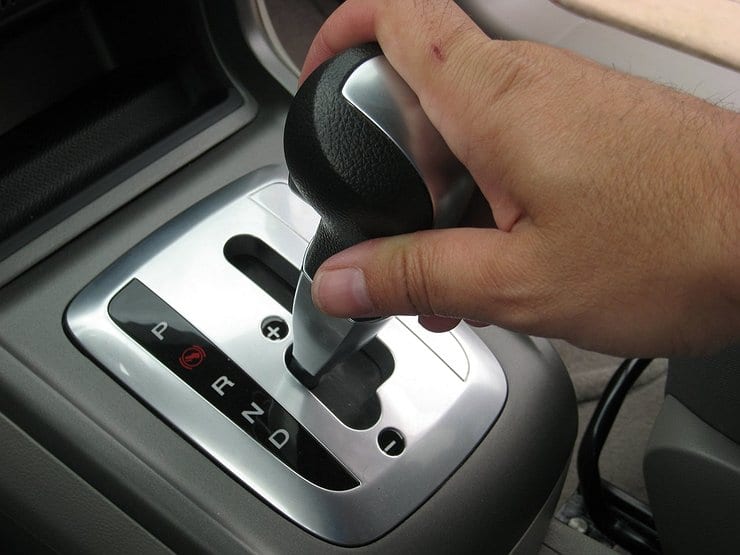
Tiptronic is often understood as a custom design for an automatic transmission. While Tiptronic isn't exactly an automatic transmission, robots or CVTs are an optional feature for manual control of an automatic transmission.
As a rule, in addition to the standard modes (PRND) on the gear lever, there is a slot marked "+" and "-". In addition, the letter "M" may be present. The same indication can be seen on the control levers (if any).
The symbols "+" and "-" indicate the possibility of downshifting and upshifting - by moving the gear lever. The selected gear is also shown on the control panel.
The Tiptronic function is "registered" in the automatic transmission for electronic control, that is, there is no direct connection to the manual transmission. For the operation of the mode, special keys are responsible through the electronics.
The selector can be equipped with 1, 2 or 3 switches depending on the design features. If we consider a scheme with three such elements, then it is necessary to turn on the second one to switch to a higher gear, and the third one to switch.
After turning on the manual mode, the corresponding signals from the switch are sent to the ECU unit, where a special program for a specific algorithm is launched. In this case, the control module is responsible for changing the speed.
There is also a scheme when, after pressing the levers, the system on the right automatically switches the box to manual mode, which eliminates the need for additional automatic transmission manipulations with the gear lever. If the driver does not use manual shifting for a certain period of time, the system will return the box to fully automatic mode.
When implementing the function of a continuously variable Tiptronic variator (for example, Multitronic), certain gear ratios are programmed, since the physical "stage" in boxes of this type is simply not a transmission.
Advantages and disadvantages of Tiptronic
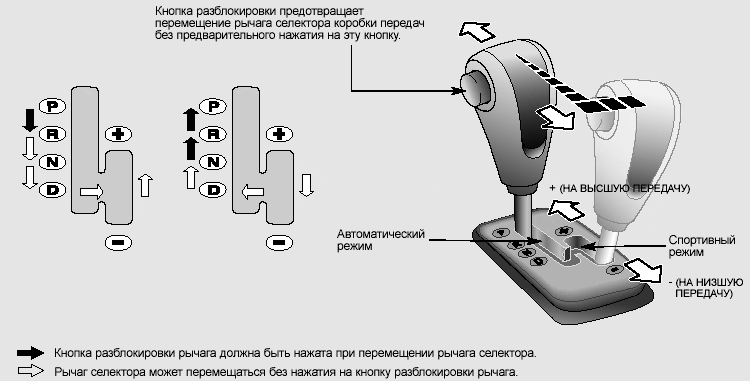
If we talk about the advantages of the Tiptronic automatic transmission, the following should be noted:
- The Tiptronic is better when overtaking than in kickdown mode, as the transition to manual mode is not a high gear;
- The presence of Tiptronic allows better control of the car in an emergency (for example, it becomes possible to actively stop the engine in ice) ;
- A manual transmission with manual mode allows you to start driving in second gear without wheel spin, which is a must when driving off-road, unpaved roads, mud, snow, sand, ice ...
- Tiptronic also allows the experienced driver to save fuel (especially when compared to an automatic transmission without this feature);
- If the driver is aggressive, but wants to buy a car with an automatic, then Tiptronic can be considered the best option, since it is a compromise between automatic and manual transmission.
It can also be noted that constant aggressive driving is quite possible in manual mode, but this will significantly reduce the resource of the automatic transmission, internal combustion engine and other vehicle components.
Total
As you can see, due to constant improvement and expansion of functionality, a modern automatic transmission can perform many additional modes (for example, Overdrive mode, automatic sport mode, economical, ice, etc.). Also, the manual mode of a box-type automatic machine, which is commonly called Tiptronic, is often found.
This mode is convenient, but today many manufacturers offer it not as a separate option, but "by default". In other words, the presence of this feature does not affect the final price of the vehicle.
On the one hand, this is the protection of the automatic transmission and the engine, but on the other hand, the driver still does not have full control over the transmission (as is the case with a manual transmission).
However, even with some drawbacks, Tiptronic is a useful feature that greatly enhances the possibilities when driving with an automatic transmission and can in some cases use the full potential of the internal combustion engine (harsh starts from a place, dynamic driving, long overtaking, difficult road conditions, etc.). d.).
Questions and answers:
What is the difference between an automatic transmission and a tiptronic? The automatic transmission independently determines the optimal moment of gear shifting. Tiptronic allows manual upshifts.
How to drive a tiptronic machine? The D mode is set - the gears are switched automatically. To switch to manual mode, move the lever to the niche with the + and - signs. The driver himself can change the speed.
